
As winter approaches, I’m hearing from more and more families asking:
“How do I know what to dress my baby in at night now that it’s getting colder?”
“What’s the ideal room temperature for sleep?”
These are important questions—and they’re not always easy to answer.
All babies are different.
Some sleep better with more layers, others feel more settled when slightly cooler.
There’s no single “perfect” temperature.
What matters is that your baby is comfortable.
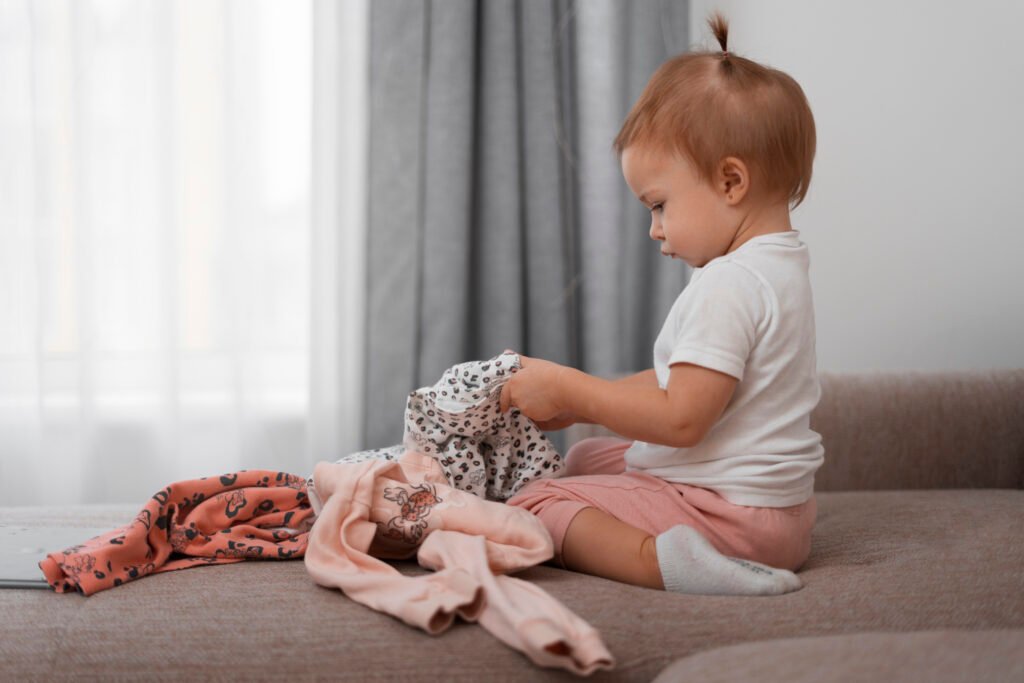
You can’t rely on their hands or feet—they’re often cooler than the rest of the body.
Instead, check:
You can also learn a lot from sleep posture:
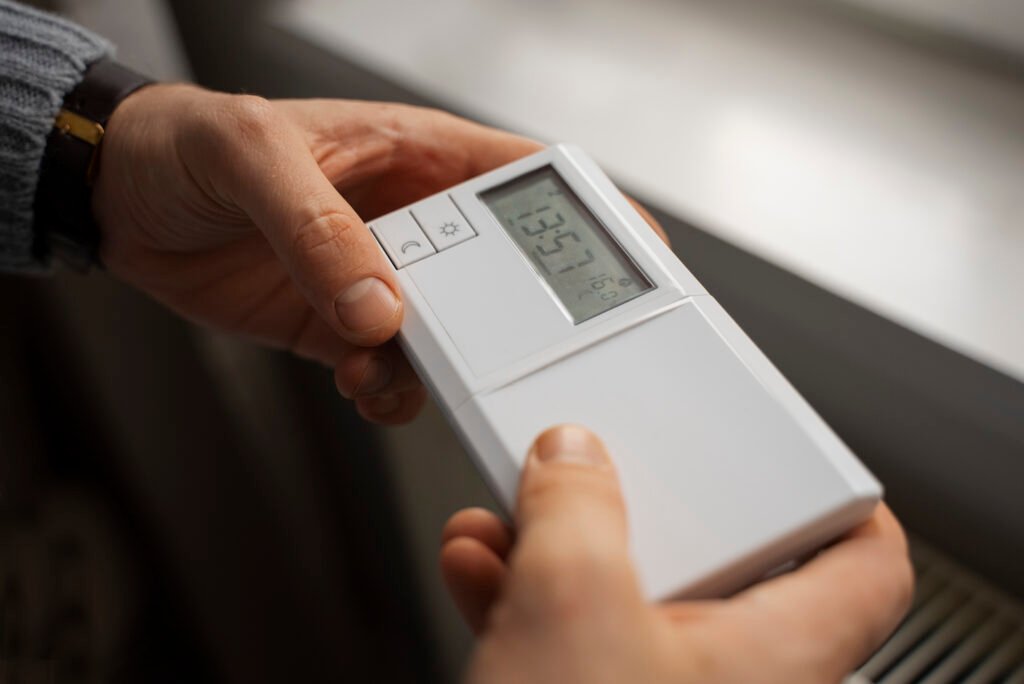
Generally, aim for 18–22°C, but this will feel different depending on:
Use a room thermometer to track your baby’s sleep space overnight, not just the outside temperature. It helps you to learn how the outside affects the inside temperature, and then prepare and dress them accordingly before the room cools.

I’ve made it easy for you. Download my free visual guide on how to dress your baby for sleep based on temperature and TOG rating:
This guide includes:

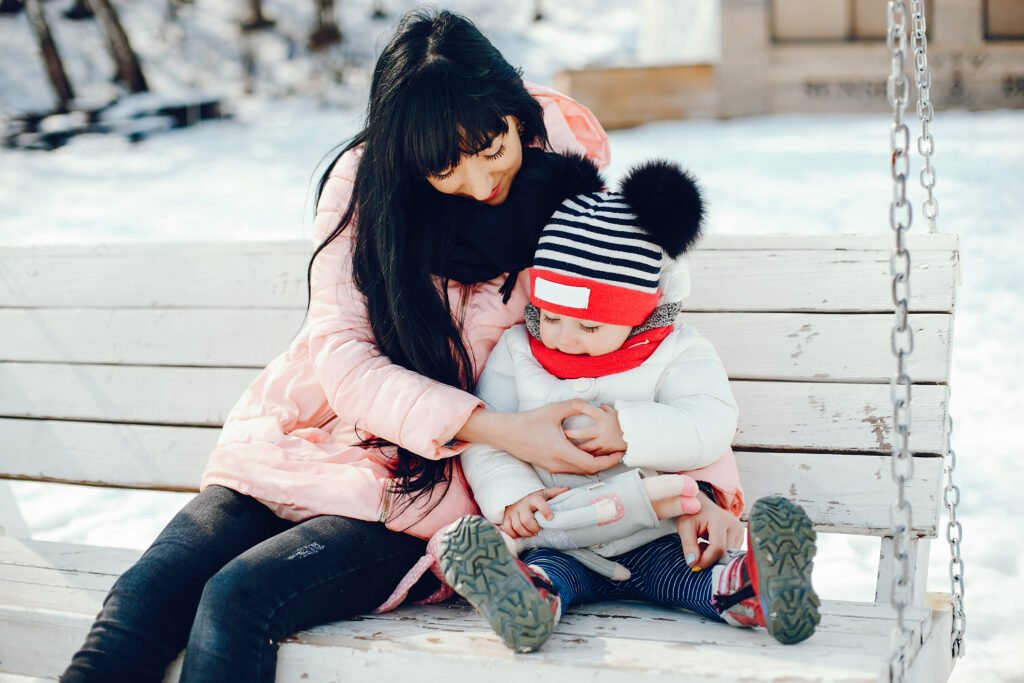


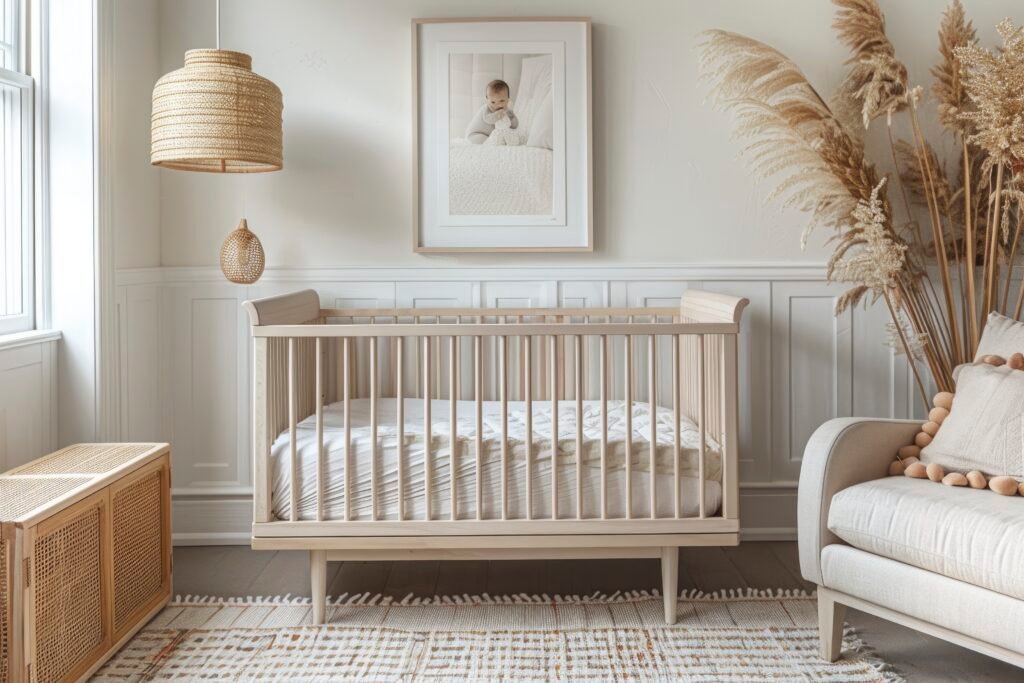
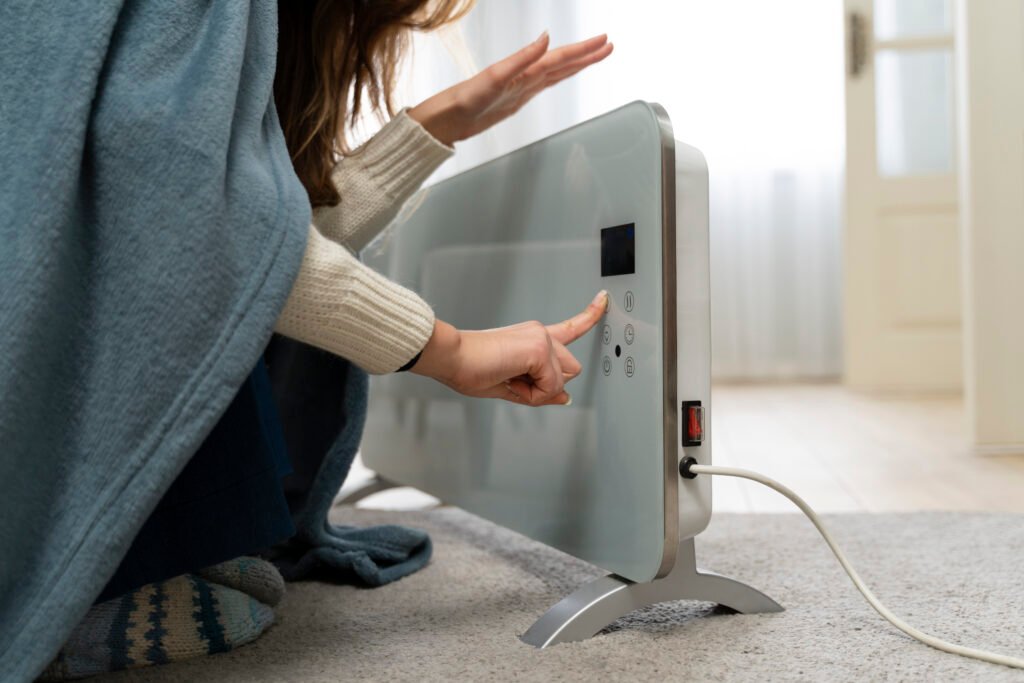
You don’t need a dozen different sleep suits.
You just need to learn how your baby responds to changes—and trust yourself.
Start with the guide. Then observe, feel, adjust.
You’re doing beautifully.
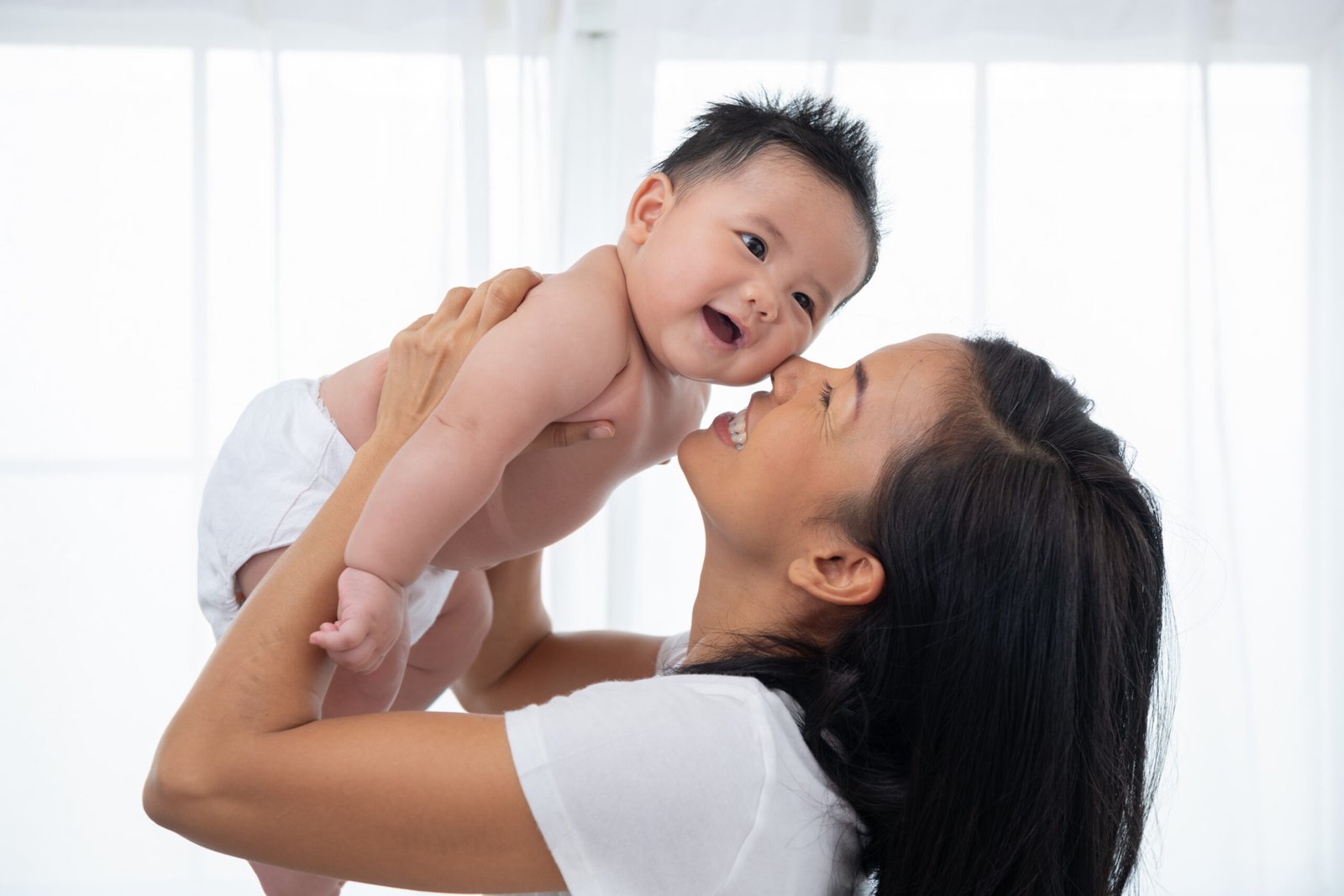
You deserve a smoother, calmer routine—and now’s the perfect time to grab the tools that help.
From settling support to sleep saviours, we’re giving you up to 50% off some of our most-loved essentials